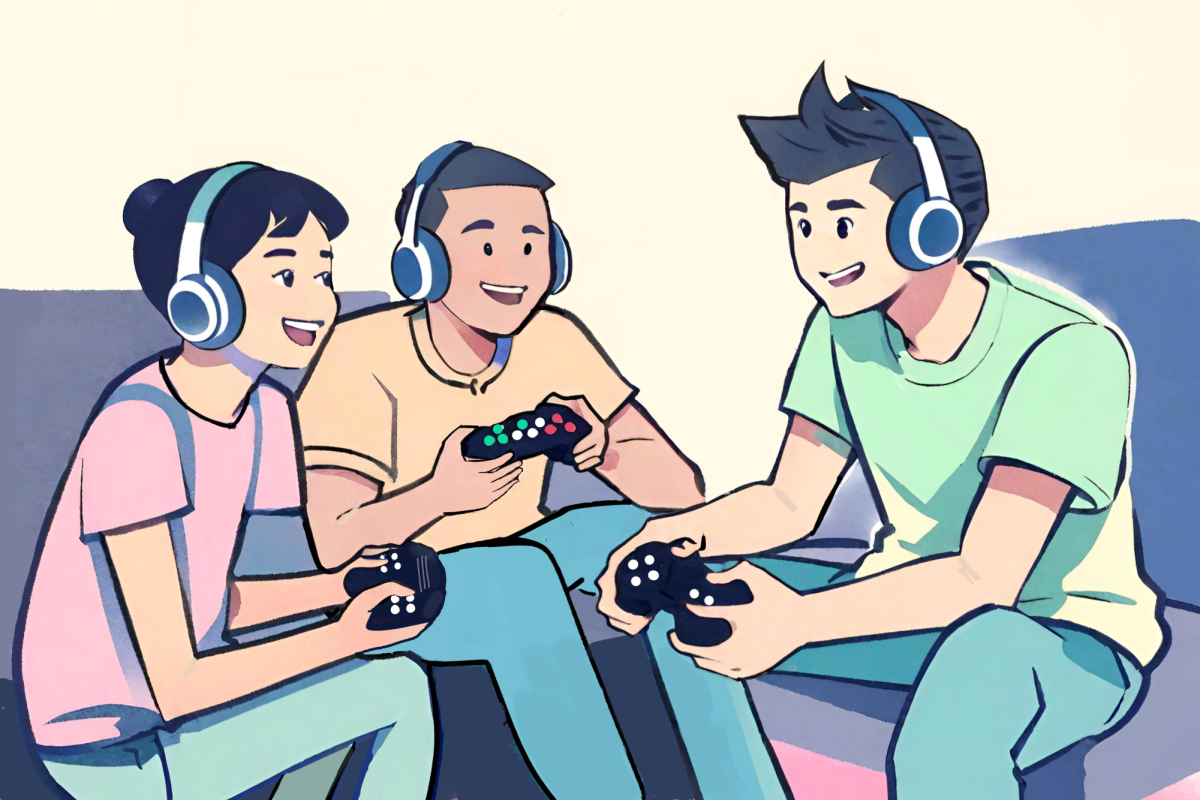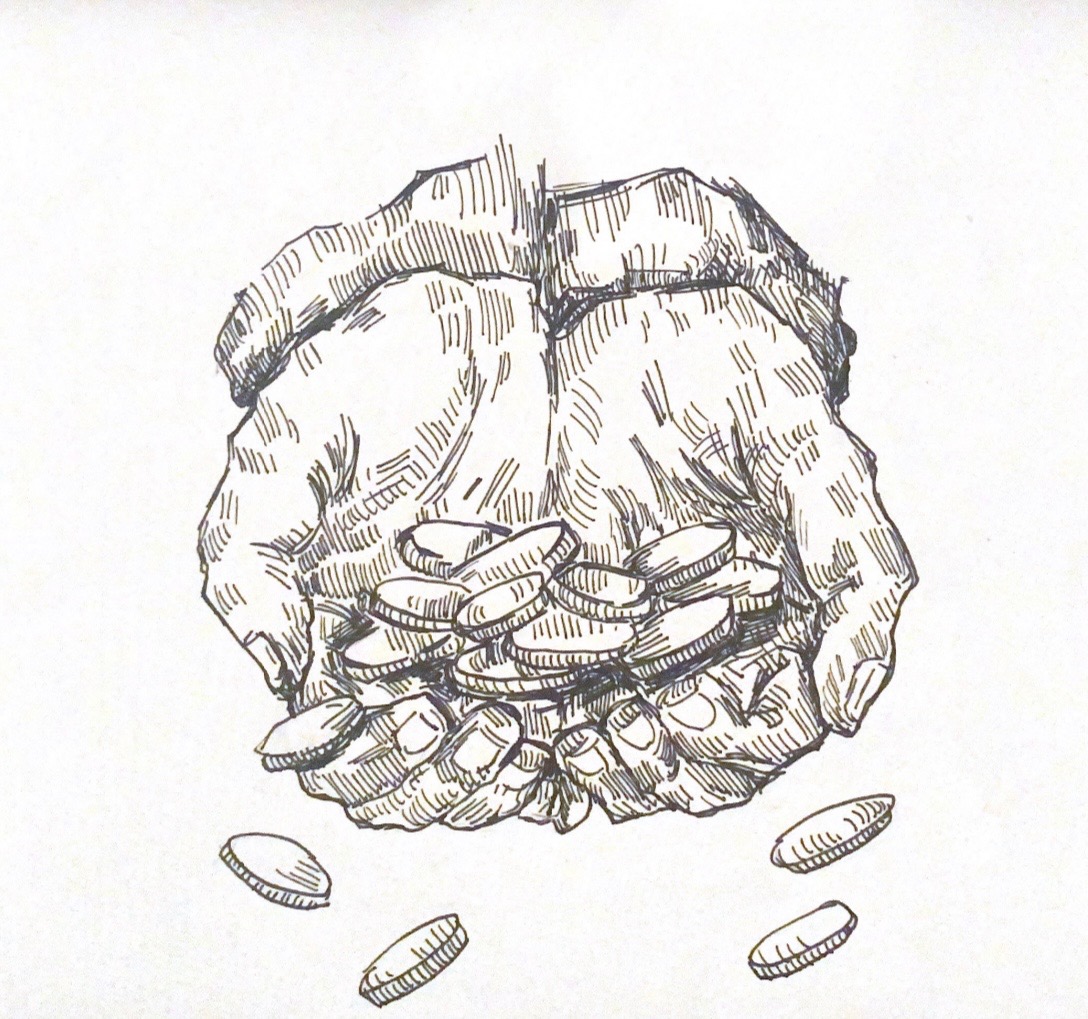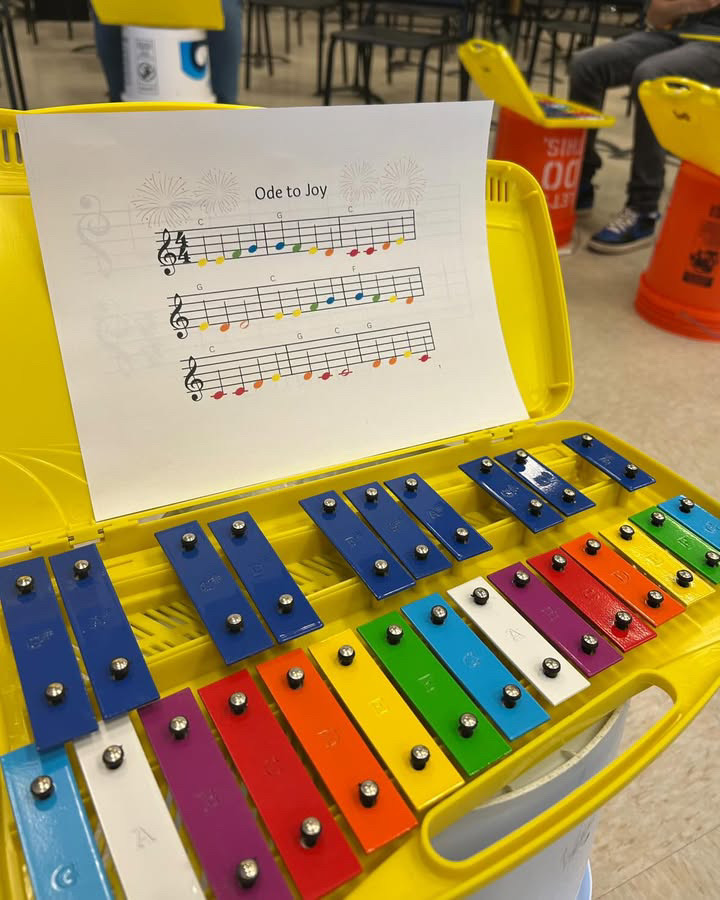Bethesda Games released the fourth installment of its action role-playing series “Elder Scrolls” 18 years ago. The new game, “Elder Scrolls IV: Oblivion” retailed at $59.99, and 17 years later, players still praise it. Despite its lasting reputation, players remember Oblivion for something much more revolutionary. Around a month after its initial release, Bethesda Games announced the addition of downloadable content for Oblivion — a set of golden horse armor. Players could obtain this armor with a $2.50 purchase, even though the armor did not alter Oblivion’s core gameplay.
Many of the series’ fans were perplexed by this decision and considered it ridiculous. After all, it seemed absurd that anyone would pay an extra $2.50 for a purely cosmetic item in addition to the game’s original cost. Little did they know, this horse armor would mark the dawn of an industry-wide shift.
Today, microtransactions — additional and recurring electronic payments in online video games — are entrenched in the gaming world. The prevalence of microtransactions has given birth to new styles of games and exploitative business models that mar the original gaming experience. Gaming companies should refocus their development efforts on making games driven by passion instead of profit.
In 2017, Epic Games introduced a landmark microtransaction called the “Battle Pass” to its new game “Fortnite Battle Royale.” Fortnite debuts a new “season” with fresh content to mix up gameplay every two to three months. Alongside each season, Fortnite releases a Battle Pass available to players for $9.50. Purchasing the pass grants users access to various player skins and other nonessential items specific to their seasons. While fundamentally cosmetic, the hype surrounding Fortnite skins has left holes in many players’ pockets. These skins developed a culture akin to real clothing trends, prompting millions of purchases immediately upon a new Battle Pass release. Fortnite hit an all-time high revenue of $5.4 billion in 2018 despite being completely free to play, displaying the immense effectiveness of attaching price tags to in-game cosmetics.
Fortnite’s success inspired many game companies to follow suit, resulting in the implementation of season passes into recent installments of long-established franchises like “Halo” and “Diablo.”
Prominent mobile game developers are also introducing season passes on a wider scale. Supercell, the sixth-largest mobile game developer, has a season pass in all six of its games. While their first five games had a season pass added at some point after global release, Supercell developed a pass for its most recent game “Squad Busters” at the time of its launch.
Comments from higher-ups in the gaming industry have made corporate ill intentions painfully clear. In a 2009 shareholder meeting for video game company Electronic Arts (EA), former CEO John Riccitiello introduced the idea of charging players real money to reload a gun in their game “Battlefield 3.” He reasoned that the price sensitivity of a player “six hours into playing Battlefield” would be low enough to allow EA to impose the purchase. Later, Riccitiello labeled developers who didn’t use microtransactions as the “biggest f—ing idiots.”
Microtransactions make “live service gaming” very prevalent. A live service is a generally free-to-play game that makes the majority of its money off frequent updates and additional purchase opportunities to retain player attention.
Along with Fortnite, the 2020 action role-playing game “Genshin Impact” serves as an example of a massively successful live service that utilizes a specific monetization style. Genshin Impact is the most popular game using the “gacha” system — a monetization mechanic where players spend in-game currency in exchange for chances at in-game rewards. Unlike Fortnite’s battle pass, the gacha system adds an element of randomness to purchases, since players don’t know what they’ll get. For gachas like Genshin Impact, the game incentivizes players to use the in-game currency to open loot boxes that may reward them with powerful weapons or characters.
Ironically, the most efficient way to get in-game currency in all gacha games is by purchasing it with real money, and the amount of free in-game currency a player gets is never enough to keep up with the constant release of new items. The more players spend in the gacha system, the greater their chances are of acquiring the best rewards, encouraging them to keep spending. The system uses the same addictive tactics used in gambling to keep players hooked. In fact, many countries have taken action to restrict or flat-out ban gambling mechanics in video games.
Over half of the 100 top-grossing iOS games in 2016 used gacha mechanics in their gameplay. Manipulating players into gambling is inherently unethical, but using gambling as the central focus of a video game allows companies to rely on user addiction instead of unique game design for engagement.
Although live service games have boosted the popularity of microtransactions, additional payments aren’t exclusive to free games. AAA games, games developed by large companies that retail around $50 to $70, benefit almost equally from microtransactions.
In June 2024, microtransactions accounted for 80% of in-game revenues for free-to-play games. That same month, AAA games generated 71% of their profits from microtransactions. Games that profit from large upfront price tags rely on microtransactions almost as much as free-to-play games.
Microtransactions push conformity in gaming culture, discouraging video game developers from venturing into new territory. Having so many games center around similar microtransaction styles makes the video game industry feel increasingly stale, angering decade-long gaming fans like Whitman English teacher Christopher Williams.
“I think there’s a lot less innovation in the gaming space now, especially since COVID,” said Williams. “They care more about shareholder profits than the actual art of video games.”
As companies increase their reliance on microtransactions, they burden consumers with making consistent purchases to improve their gaming experience. Removing the charm from classic leisurely activities like gaming is unacceptable, and the gaming industry needs to shift away from a microtransaction culture before playing video games becomes an unmanageably expensive mess.


















